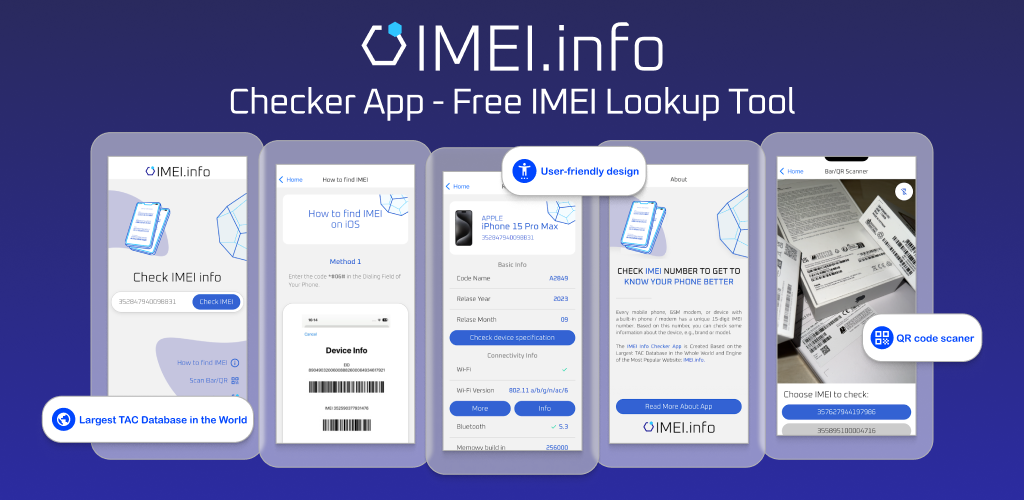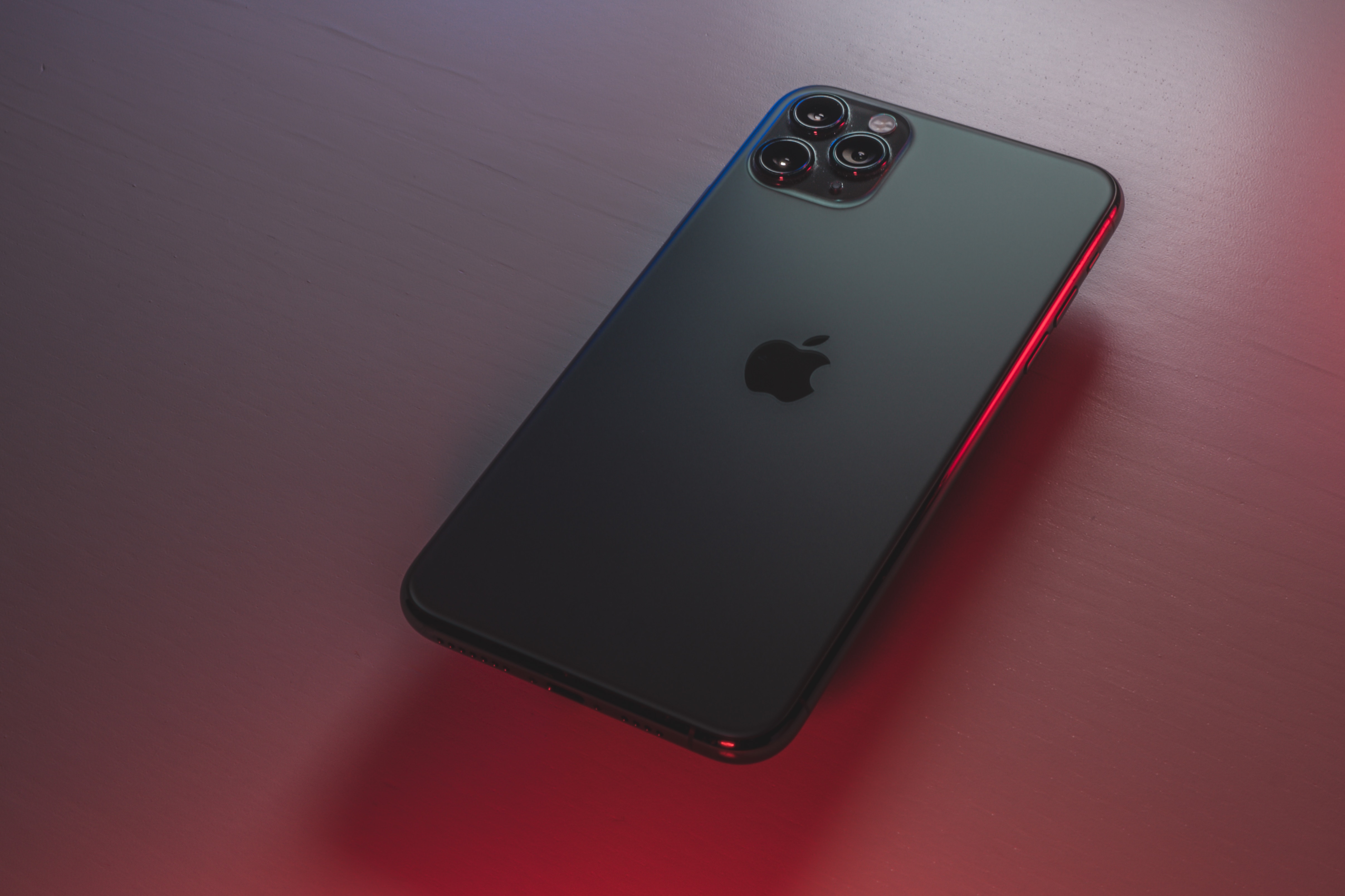Have you ever wondered why wine bottles are made in the standard size of 750ml? Why not 500 or 1,000ml? Spoiler alert, the answer is because of lung capacity and the French. But why do you ask? Here is the ELi5 as to why our grocery stores are filled with 750ml wine bottles.
Imagine a long, long time ago, people really liked drinking a special kind of juice called wine. They tried using different containers to keep the juice safe when they moved it around, like big jars and wooden barrels. But then, they started using bottles made of glass.
Now, these glass bottles had a certain size. The size they liked the most was called 750 milliliters. It was like the perfect size for keeping the juice fresh and bubbly, especially for a special kind of juice called Champagne.
750ml was also the perfect size because glass bottles are made by something called glass blowing. The size of 750ml was an easy size for the bottle makers to blow. Anything larger than that and they ran out of breath.
Some smart people, especially in a place called France, thought this size of 75ml was just right too, and they told everyone about it. So, almost all the juice bottles you see in stores have this special size now. It makes it easy for everyone to understand and enjoy their juice.
Oh, and later, some places started using a different size bottle called 1 liter. It's a bit bigger, like when you want more juice to share with friends. You might see mommy and daddy sharing this 1 liter juice bottle if they have friends over!
Makes sense right? That’s probably the explanation you’ll remember but in case you want the adult version, this is why we have 750ml bottles of wine.
The Adult Version
The standard size of wine bottles, 750 milliliters (ml), has a rich history that is deeply rooted in tradition and practicality. The origins of this standard size can be traced back to historical European winemaking practices.
Historically, wine was stored and transported in a variety of containers, ranging from clay amphorae to wooden barrels. However, as the wine trade expanded, standardization became increasingly important to ensure consistency and ease of handling. In the 18th century, glass bottles gained popularity as a preferred vessel for storing and aging wine. At that time, glassblowing techniques limited the size and shape of bottles, contributing to the establishment of the 750ml size as a practical standard.
One key factor in the adoption of the 750ml size was the French Champagne industry. In the 19th century, Champagne producers, including the famous Champagne houses in the region, played a crucial role in standardizing bottle sizes. They recognized the importance of maintaining a consistent volume to control the pressure within the bottle during the secondary fermentation process that creates the characteristic bubbles in Champagne. The 750ml size was found to be optimal for this purpose, and its use gradually became widespread.
The standardization of the 750ml size was further reinforced by wine regulations and industry standards. Many wine-producing regions adopted this size as the standard, facilitating international trade and establishing a recognizable norm for consumers. Around this same time period wine labels and wine tags became industry standard for marking batches and tracking shipments.
As for the development of the 1-liter wine bottle, it is important to note that the metric system, including the 1-liter measurement, gained prominence in the 20th century. The adoption of the metric system in various industries, including winemaking, prompted the creation of bottles with metric capacities. The 1-liter bottle became a convenient alternative, especially in regions where the metric system was widely accepted.
While the 750ml bottle remains the standard size for most wines globally, the 1-liter bottle has found its place in certain markets and segments. It provides consumers with a larger option and aligns with the metric system's prevalence in some regions. Why can't the US get on board with the metric system? Well that’s another conversation for another topic.
So as you can see, the 750ml wine bottle's standard size has deep historical roots, tied to the evolution of winemaking practices and the need for consistency in the industry. The development of the 1-liter bottle reflects both the influence of the metric system and the industry's flexibility in adapting to diverse consumer preferences (people who like to get after it) and market demands.

Guide to Installing Android Apps on PC: Emulators and Alternatives
If not, at least you will be able to come across an amazing Android app that can't be had on a PC, or perhaps an app will be liked and the best from the increased performance and space display that the computer offers. Running apps on your PC allows you to enjoy the bit advantage of a number of things: boosting productivity, gaming pleasures, or even exploring new applications on an expanded environment.

The Importance of Branding in Web Design
Branding plays a pivotal role in shaping a company's identity and fostering connections with its audience in today's digital age. As businesses vie for attention in a crowded online marketplace, the role of web design in conveying a brand's essence and values has become increasingly significant.

Mastering the Art of Audio Upmixing
UniFab Audio Upmix AI is revolutionizing the way audio production is approached in various industries. By utilizing cutting-edge artificial intelligence technology, UniFab Audio Upmix AI offers a unique and innovative solution for upmixing audio content to deliver superior sound quality.

Revolution on the Used Device Market: How Automation is Leading the Way
The main trend in the used device market is automation. All processes that are done manually have one common drawback: human errors.

How many eSIMs can be used in iPhone?
Are you looking to streamline your mobile experience with an eSIM for your iPhone? The advent of eSIM technology has revolutionized the way we connect, allowing for a more seamless and efficient use of our devices. With an eSIM iPhone, you can forget about the hassle of physical SIM cards and enjoy the benefits of multiple network plans on a single device. But how many eSIMs can an iPhone support? And how do you go about adding an eSIM to your iPhone? In this article, we'll dive into the ins and outs of eSIM capabilities on your SIM iPhone, providing you with a step-by-step guide to getting set up. Keep reading to unlock the full potential of your iPhone with eSIM technology and learn how to enhance your connectivity with ease.

IMEI Info Checker App
The awaited moment has arrived! After a period of anticipation, we take immense pride in announcing the launch of the IMEI Info Checker App, marking a pivotal moment in accessing concealed mobile device information. In today's digitally intertwined landscape, understanding your device's nuances is pivotal. This long-awaited unveiling undoubtedly simplifies access to concealed information about any mobile device. Soon available on the App Store for iOS and the Play Store for Android, this app promises a transformative shift in how users interact with their device data.

iPhone GSX Check
Are you seeking essential details about your iPhone's carrier network, warranty status, and other critical information? The iPhone GSX Check provides comprehensive insights into various aspects like simlock network, Find My iPhone status, warranty info, and more.

eSIM Quick Transfer - All You Need to Know
In the ever-evolving landscape of smartphone technology, eSIM (embedded SIM) has emerged as a game-changer, offering greater flexibility and convenience for users. One of the latest innovations in this realm is the eSIM Quick Transfer feature, which streamlines the process of transferring eSIM profiles between devices. Whether you're an iPhone aficionado or an Android enthusiast, understanding the ins and outs of eSIM Quick Transfer is essential for maximizing the potential of your mobile experience.


















